Green Space in Germantown
As early as 1800, Germantown was famous for its number of stately trees, and travelers were encouraged not to miss this beautiful and bucolic village where fine specimens of both native and exotic trees shaded the streets. Why was Germantown the particular site of this remarkable horticultural collection? The answer in part lies in the large numbers of Quakers that settled the area. Early Quakers often traveled to remote parts of the world for mission work and religious purposes, and they brought back plants from their travels, usually in the form of seeds, roots, and tubers. These were dispersed among plant collectors, often also Quakers who were impressed with the wonders of the natural world, to which they ascribed the hand of God.
21st-century neighbors carry on the tradition of Wyck and Germantown’s Quaker residents who were ardent horticulturists and naturalists. As a result, Germantown still features tree-lined streets, public gardens, and easy access to the woods surrounding Wissahickon Creek. The green vistas of the neighborhood continue to inspire long-time residents to enjoy their natural surroundings, and newcomers to make their home in Germantown.
Read on to glimpse some of the ways in which Germantown’s unique natural resources have captivated community members.
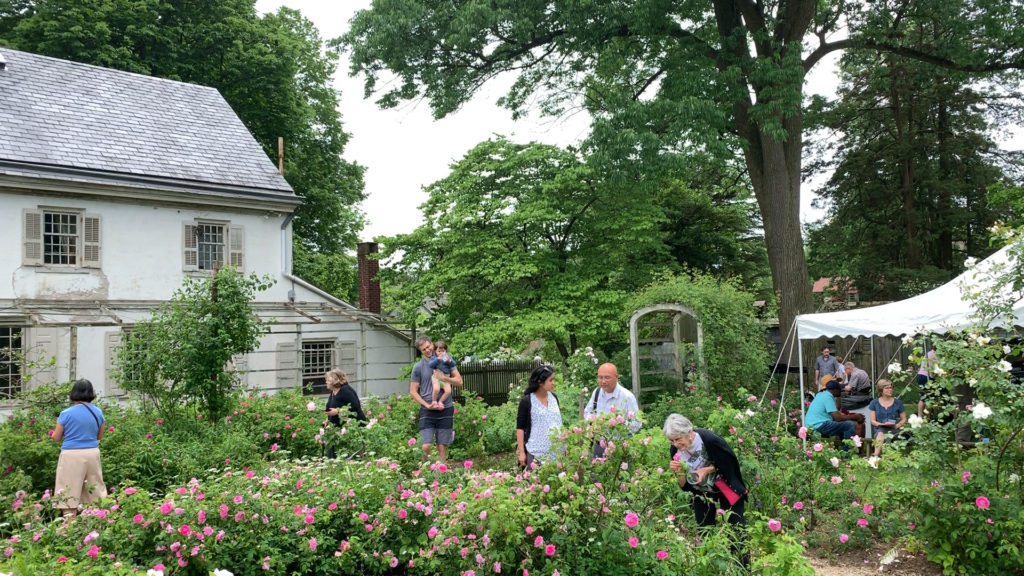
The Air from the Park
“I remember my desire to be around the park. I grew up in North Philly, matter of fact when I grew up in deep North Philly 21st and Columbia one of our exciting trips was to come to the park and get spring water. And I couldn’t believe there was such a beautiful park so close to my home that I did not see every day. And so, most of my life I have spent around the park, Fairmount Park. It was like a babysitter when I was coming up. As long as my mother saw me on the bike going into the park, she knew I was ok. And, I loved the air. And so, when I saw the park and the proximity of a shop that I was looking at to the park, I could feel it. I could smell it you know, just coming up the drive, it gets cooler when you get over near the park, it feels good. It gives a good vibe. And this is a nice quiet, tree lined street, Cheltenham Avenue, West Cheltenham Avenue. And it was so quiet and seemed like you could feel the trees interacting with us you know. And the air was good. Just felt good. I moved to Germantown in approximately ’78, I believe it was ’78, ’79, and opened a shop a in the 400 block of West Cheltenham Avenue. And it’s been there well, we’ve been there ever since, more than 40 years in the same location. “
– LeRoi Simmons
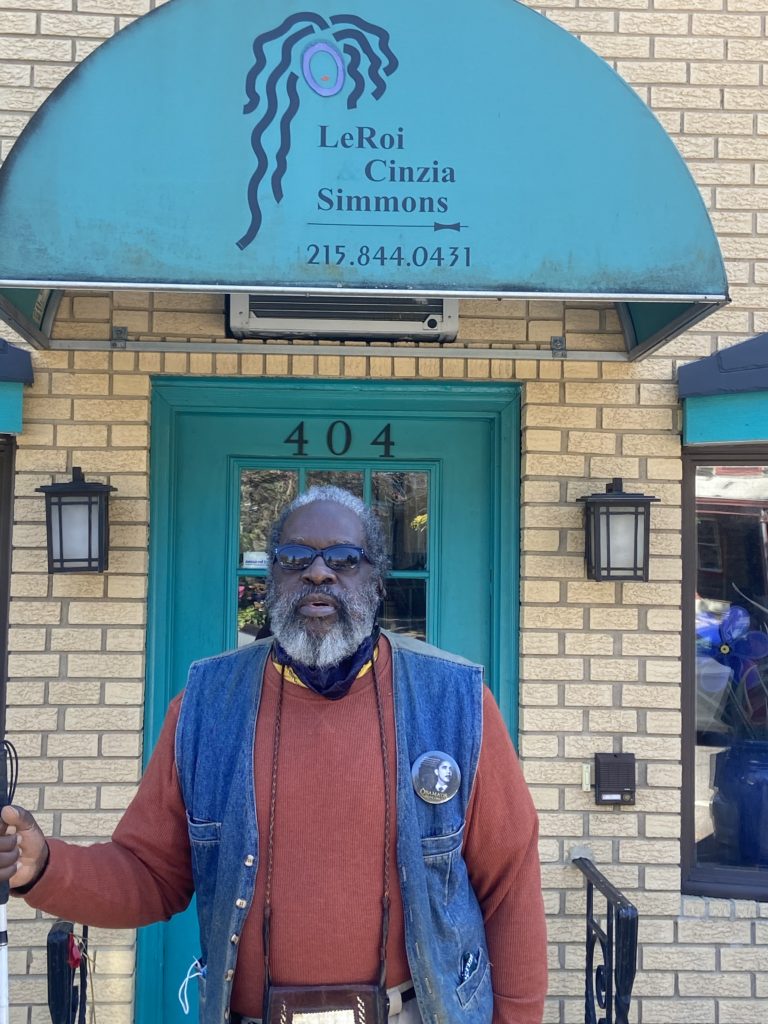
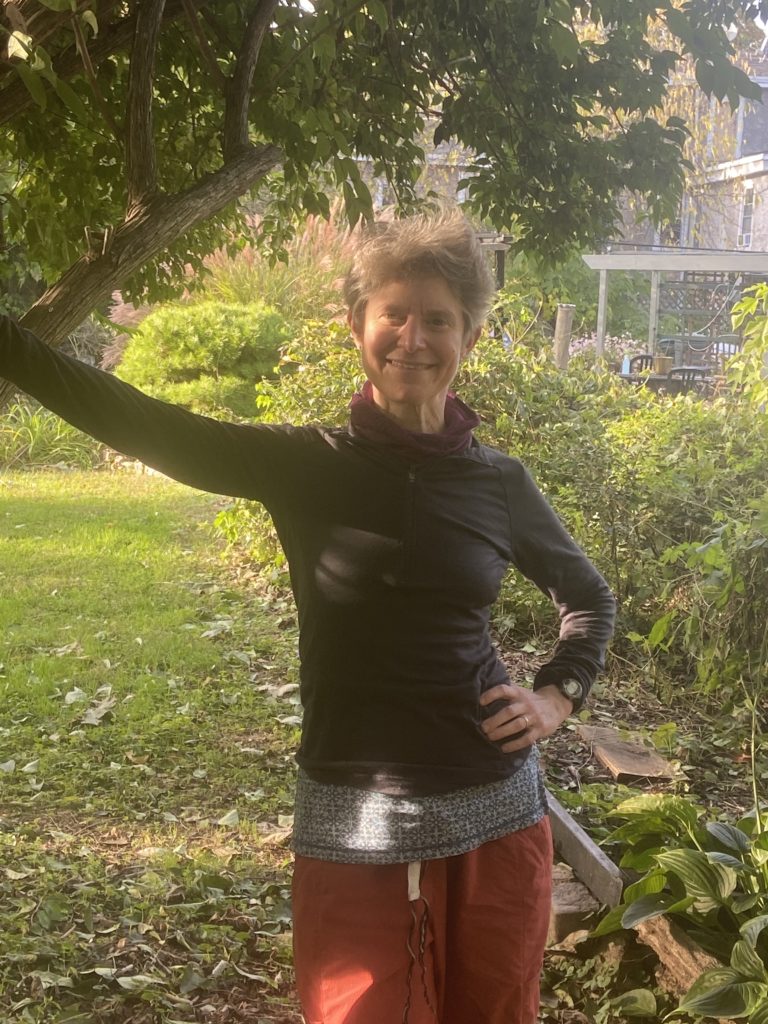
Peace in a Pandemic
“I will say, especially at the beginning of the pandemic my David and I would go walking every day at the end of the day because I would be so antsy from being indoors all day. There were so many beautiful gardens and it was such a beautiful present that all of these people in these houses had taken the time and love and thought and care to cultivate a little piece of nature in front of their house. I feel like I never noticed the flowers the way I noticed them that spring when every day at 5 o’clock we would go out. There were beautiful tulips, I never had realized how many tulips there were in Germantown. But I mean, that time when we were all reeling from suddenly life is different and we all have to be indoors, just even that tiny little bit of nature for a half an hour every day, boy it really made all of the difference for me.”
—Mindy Flexer
Nature in the City
“I am trying to get closer and closer to nature, but still be close to the city. That is kind of my never ending goal is to have that balance of having greens and trees and birds and space and nature, but also to be able to get close to a musical community and an artistic community. So Germantown right now for me has the best balance of that, at least in Philly that I’ve found. I grew up on a farm so that is kind of my home. When I have that level of space I feel much healthier and more relaxed. It’s definitely a feeling of anxiety and tension when you’re in a metropolitan area. So to find a balance between those two worlds is really important to me. Germantown has a lot of that because it has the Wissahickon and stuff. So if I drive into the city I feel that static raise and I come out here, and the air is a little cleaner. It is not as hot and sooty in the summer. I like nature and art, and I think the world needs to do a good job of bringing those two together, making spaces for both of them at the same time.”
—Daniel Kaplowitz
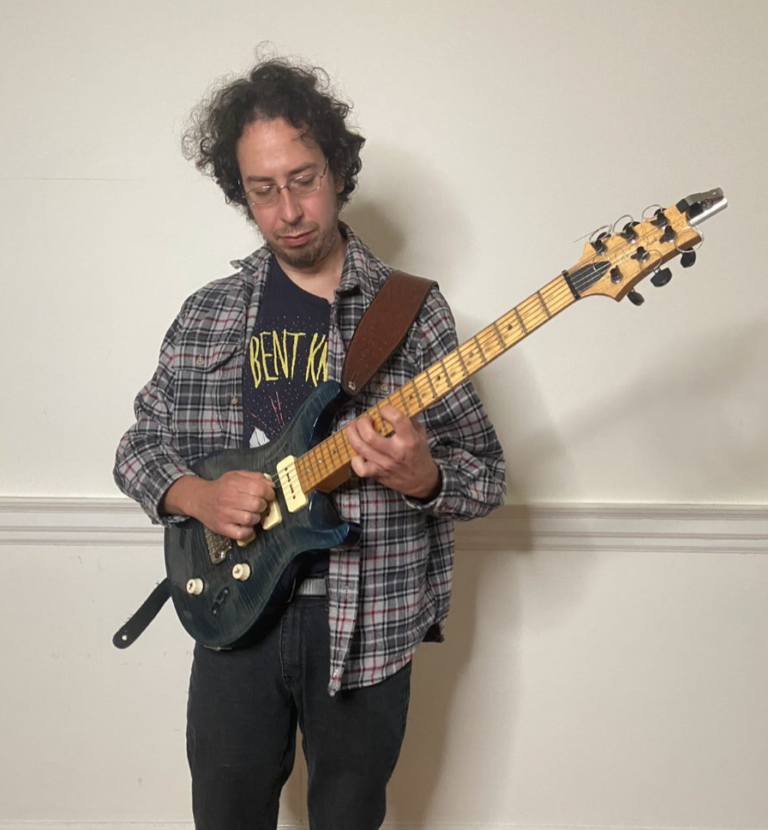

From Wyck Historic House,
Farm, & Garden
Neighbors such as LeRoi, Mindy, and Daniel are part of a long line of Germantown settlers who valued the greenery of the area.
Married in 1812, Jane Bowne (1790 – 1843) and Reuben Haines III (1786 – 1831) summered at Wyck in the early years of their marriage, their primary place of residence being a townhouse located at 300 Chestnut Street. In 1820 they left their townhouse in order to settle full time in the fresh air and natural beauty of Germantown. Reuben, the corresponding secretary of the Academy of Natural Sciences (and one of the first members of the Franklin Institute and the Pennsylvania Horticultural Society) wanted to be closer to nature.
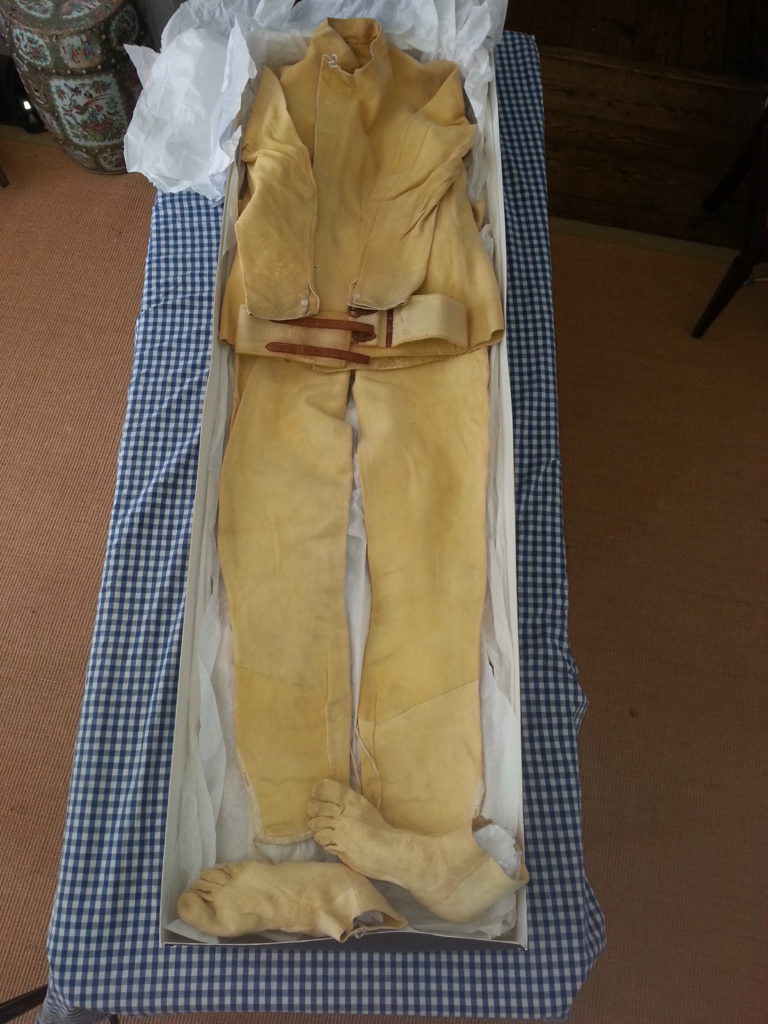
Reuben enjoyed exploring in the Wissahickon and collecting specimens. Some of the specimens he gathered were incorporated into the collection at the Academy of Natural Sciences. While at first she missed the bustle of downtown Philadelphia, Jane soon came to love her new home. In 1824 she installed a rose garden, now the oldest in the United States still growing in its original plan. Wyck’s setting inspired family friends and naturalists such as John James Audobon, Charles Le Seur, and Charles Willson Peale to visit frequently.
Among the many artifacts left by their family, there is one that speaks clearly to their love of nature. Reuben Haines III’s nature suit (left) is made entirely of buckskin and complete with intricate foot coverings. Reuben wore this nature suit on his specimen-collecting journeys into the Wissahickon. The material and coverage protected him from thorns, ticks, and poison ivy and helped him to engage more intimately with the nature of Germantown.
Reuben and Jane shared their intense love of nature with their children. Their home in Germantown was the perfect place to give their seven surviving children an education in the natural world. In the 1820s, Reuben writes to his wife who was staying in New York while their house was renovated. He writes of missing her and the tender care she bestows on the garden and landscape. He offers to assist her in instilling the love of nature and horticulture in their daughter.
“With what pleasure will I not welcome thee to the scene of my present interesting occupations, put under thy tender charge the garden and see thy taste displayed in every shrub, and in the light festoons of every vine trace the hand that give them grace. With what additional pleasure will I not aid thee in imparting instruction to our daughter and after the daily task has been cheerfully performed, lead her forth into the garden and the fields teach her to admire the economy of vegetation in the bursting forth of the primula and nodules of the legumes her little hands have deposited in the earth, point out the bees as examples to stimulate her industry and see our mantle decked with the wildflowers which she has assisted to gather.”
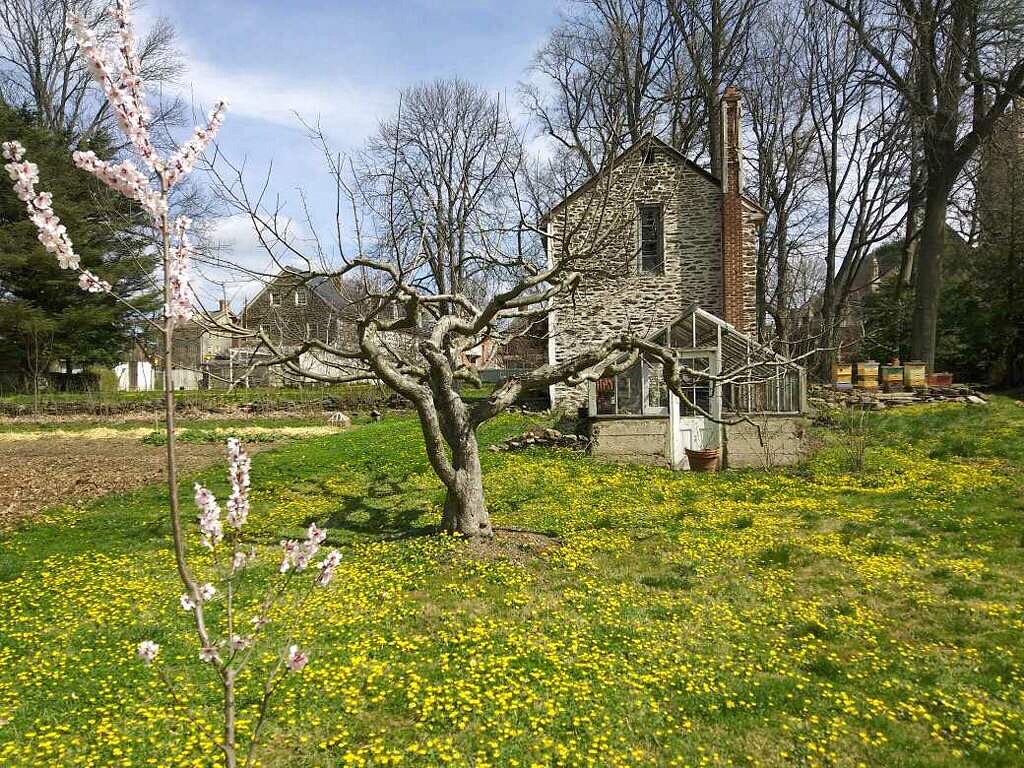
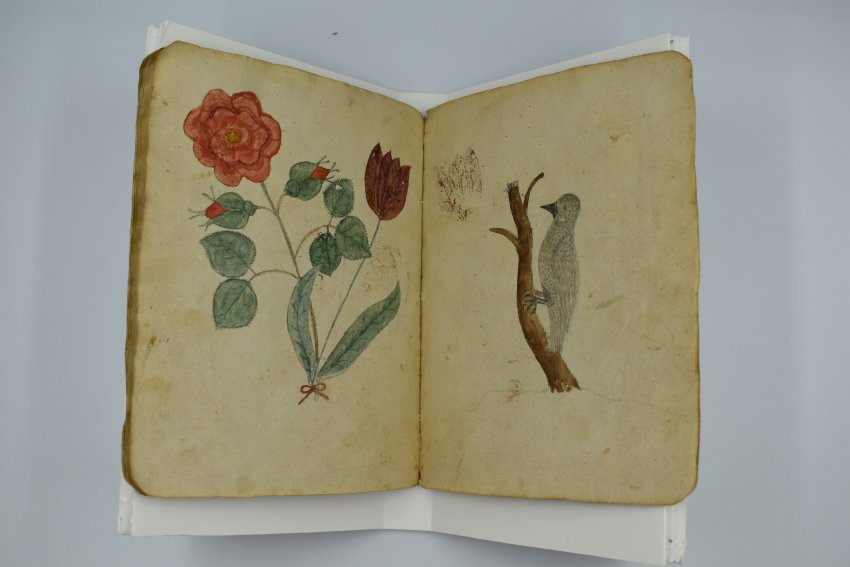
What memorable experiences do you have living in such a historically green landscape? Feel free to comment below, or if you'd like to add an oral history to this exhibit email info@wyck.org!
Explore more aspects of Germantown’s unique community past and present through the portals below!
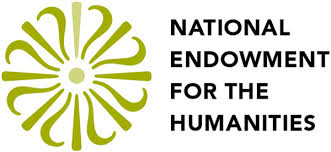


Copyright © 2026 Wyck. Powered by Museo Lite
